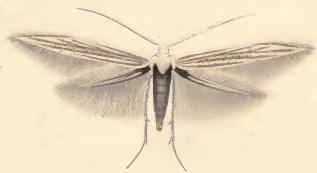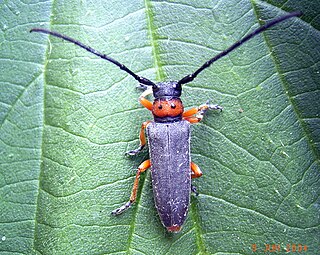
The 15th United States Congress was a meeting of the legislative branch of the United States federal government, consisting of the United States Senate and the United States House of Representatives. It met in the Old Brick Capitol in Washington, D.C. from March 4, 1817, to March 4, 1819, during the first two years of James Monroe's presidency. The apportionment of seats in the House of Representatives was based on the 1810 United States census. Both chambers had a Democratic-Republican majority.

Richard Rush was an American lawyer, politician and diplomat who served as the 8th United States Attorney General from 1814 to 1817 and the 8th United States Secretary of the Treasury from 1825 to 1829. He served as John Quincy Adams's running mate on the National Republican ticket during the 1828 United States presidential election.

The Virginia dynasty is a term sometimes used to describe the fact that four of the first five presidents of the United States were from Virginia. The term sometimes excludes George Washington, who, though a Virginia planter, was closely aligned with the policies of the Federalist Party, and was succeeded by his vice president, John Adams of Massachusetts. The first five presidents were, in order, George Washington, John Adams, Thomas Jefferson, James Madison, and James Monroe.

Rapaninae is a subfamily of predatory sea snails, marine gastropod mollusks in the family Muricidae.

Mitridae, known as mitres or mitre shells, are a taxonomic family of sea snails, widely distributed marine gastropod molluscs in the clade Mitroidea.

Colubrariidae are a taxonomic family of medium-sized sea snails, marine gastropod mollusks in the superfamily Buccinoidea. This family has no subfamilies.

Coleophora millefolii is a moth of the family Coleophoridae. It is found in most of Europe, except Great Britain, Ireland and the Iberian Peninsula.

Opsilia is a genus of beetles in the family Cerambycidae. It is listed as a subgenus of Phytoecia by some sources.

Phytoecia is a genus of longhorn beetles of the subfamily Lamiinae,
Phytoecia gianassoi is a species of beetle in the family Cerambycidae. It was described by Sama in 2007 and later reclassified to the subgenus Coptosia within the genus Phytoecia.
Phytoecia collaris is a species of beetle in the family Cerambycidae. It was described by Francis Polkinghorne Pascoe in 1817, originally under the genus Blepisanis.

Phytoecia puncticollis is a species of beetle in the family Cerambycidae. It was described by Faldermann in 1837. It is known from Russia, Azerbaijan, Georgia, Iraq, Armenia, Turkey, Iran, and Turkmenistan. It feeds on Eryngium billardierei.
Phytoecia humeralis is a species of beetle in the family Cerambycidae. It was described by Waltl in 1838, originally under the genus Saperda. It is known from Palestine, Greece, Georgia, Iran, Azerbaijan, Syria, Cyprus, and Turkey. It feeds on Silybum marianum.
Phytoecia praetextata is a species of beetle in the family Cerambycidae. It was described by Steven in 1817, originally under the genus Saperda. It is known from Turkey, Bulgaria, Syria, Armenia, Romania, and Ukraine.

Phytoecia affinis is a species of beetle in the family Cerambycidae. It was described by Harrer in 1784, originally under the genus Leptura. It has a wide distribution in Europe.

Phytoecia caerulescens is a species of beetle in the family Cerambycidae. It was described by Scopoli in 1763, originally under the genus Leptura. It has a wide distribution in Europe, and has been introduced into Australia. It feeds on Echium vulgare, Lappula squarrosa, Anchusa officinalis, Lithospermum officinale, and Cynoglossum officinale.
Phytoecia molybdaena is a species of beetle in the family Cerambycidae. It was described by Dalman in 1817. It has a wide distribution in Europe; its population in the Czech Republic is purportedly extinct. It measures between 5 and 7 mm.

Phytoecia caerulea is a species of beetle in the family Cerambycidae. It was described by Scopoli in 1772, originally under the genus Leptura. It has a wide distribution in Europe.
Phytoecia hirsutula is a species of beetle in the family Cerambycidae. It was described by Frölich in 1793, originally under the genus Saperda. It has a wide distribution between Europe and the Middle East.

Macrosiphoniella millefolii is a species of aphid in the family Aphididae.











